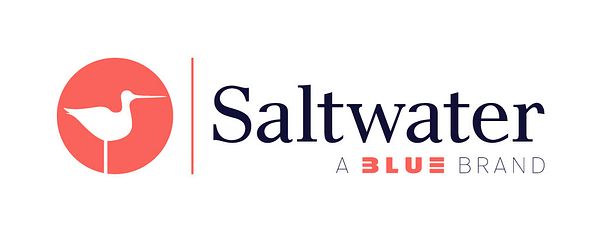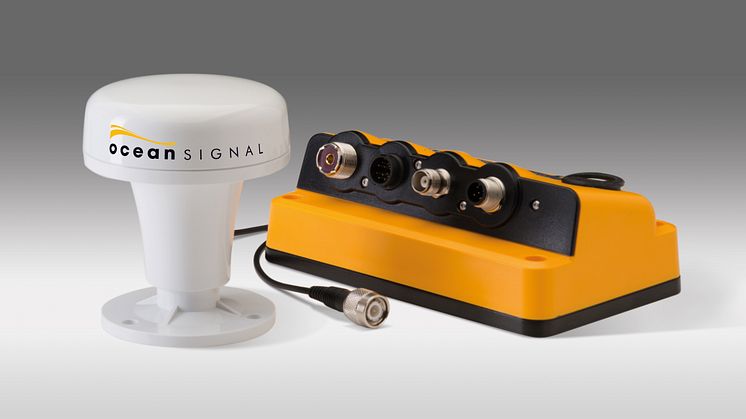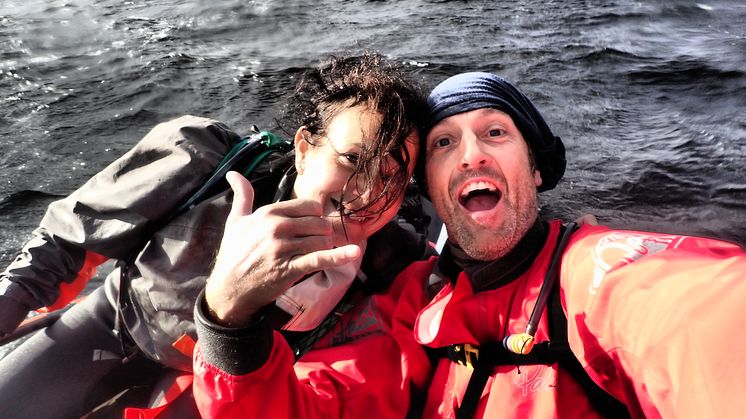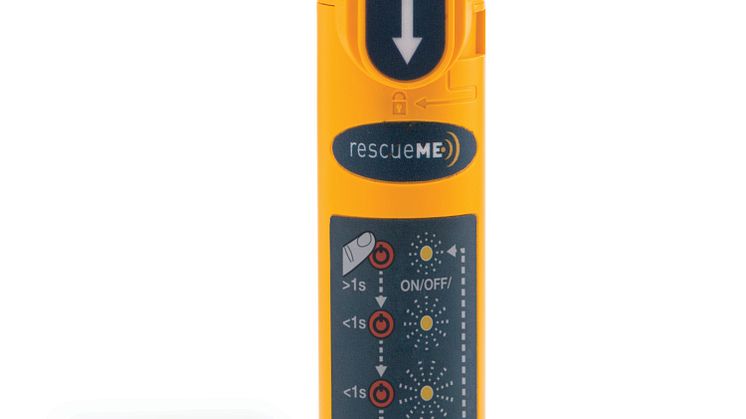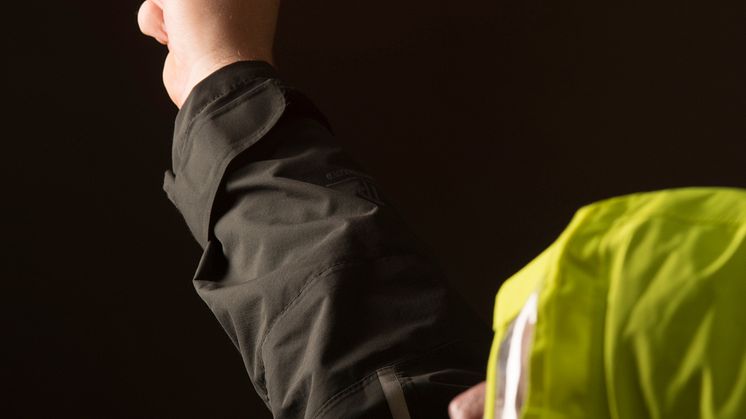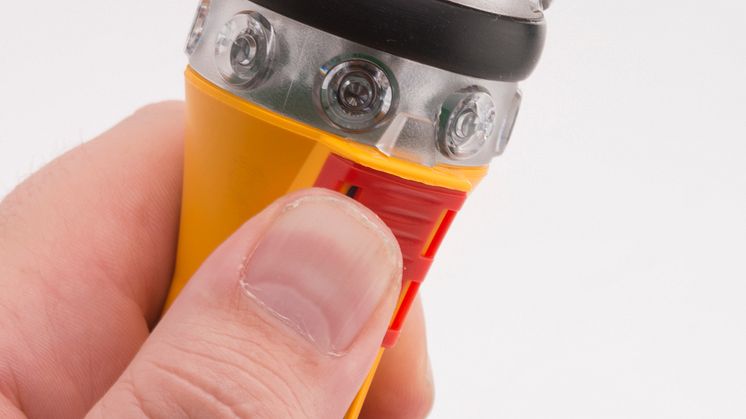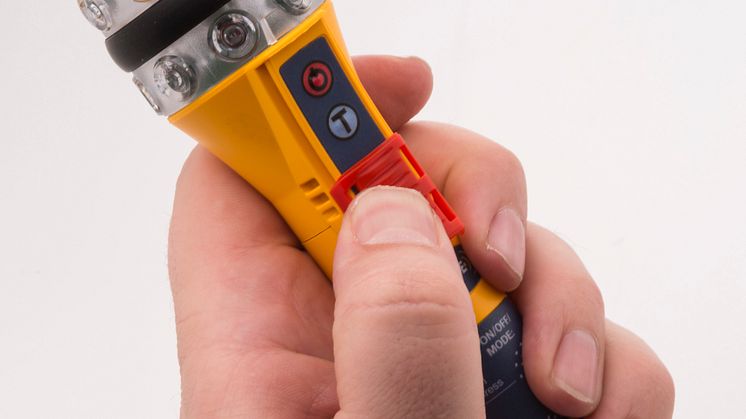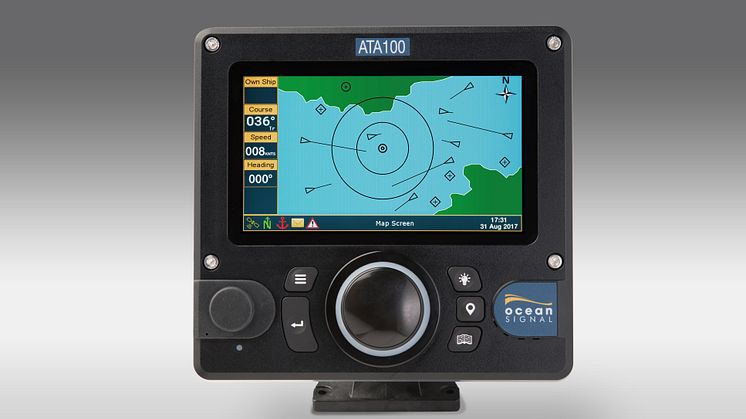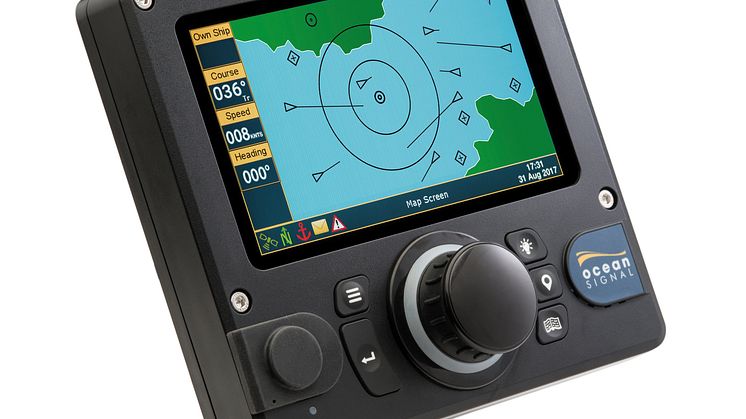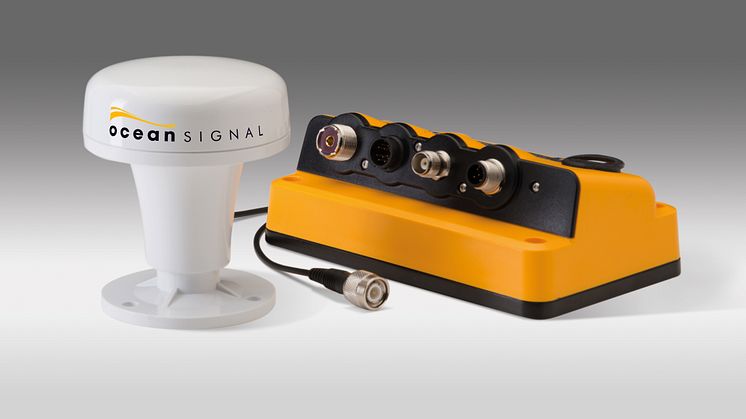
Press release -
METSTRADE - Ocean Signal: Ocean Signal SOTDMA ATB1 Class B AIS Transponder Receives European Type Approval
METSTRADE 2018, 13th to 15th November, Stand 03.131
Ocean Signal’s new high-performance SOTDMA ATB1 AIS transponder has received Type Approval for distribution throughout Europe, with FCC authorisation anticipated by early 2019, offering boat owners around the world access to one of the most advanced Class B solutions for increased visibility and navigational safety. The certification declares that the ATB1 complies with the essential requirements of the European Radio Equipment Directive, in accordance with Article 3 of Directive 2014/53/EU, based on the applicable Technical Standards and Specifications.
Incorporating the superior SOTDMA (Self-Organising Time Division Multiple Access) technology and 5W output power, the Ocean Signal ATB1 Class B device enables more leisure users to benefit from a system that was originally confined to Class A commercial use. The benefits of the SOTDMA scheme include increased priority for position reports with no loss or delay of transmission, enhancing the user’s ability to be seen by other vessels in busy waters and avoid collision day or night whatever the conditions.
A high-strength, affordable solution developed to suit a range of vessels, the Ocean Signal ATB1 has a faster reporting rate and higher output power than standard CSTDMA (Carrier Sense TDMA) Class B units, sending AIS transmissions every five seconds instead of the CSTDMA two transmissions per minute. The unit’s 5W output power, compared to the standard 2W, allows the transmissions to reach further.
James Hewitt, Sales and Marketing Director, Ocean Signal, said: “We are really pleased to now offer this advanced solution to our customers that are looking for superior performance compared to standard Class B AIS. The ATB1’s increased power and transmission frequency and use of the SOTDMA scheme open up the exceptional capabilities and benefits of AIS technology to more people, offering a level of transmission reporting priority only previously available with a Class A AIS unit, enabling more operators to see and be seen for peace of mind, especially in low visibility or congested areas.”
Communication and safety at sea specialist Ocean Signal’s advanced proven technology ensures the ATB1’s AIS transmissions provide the most accurate representation of the vessel’s position at all times. With 99 acquisition channels and 33 tracking channels, the powerful internal multi-GPS receiver continuously updates vessel information, including position, speed, course and heading, for accurate global positioning.
Other vessel information such as identity, call sign, type and dimensions, and MMSI is uploaded to the ATB1 via WiFi directly from Ocean Signal’s user-friendly mobile app or website to be stored for automatic transmission.
The ATB1 also receives and interprets AIS messages from other AIS-equipped vessels within range, which can then be relayed to other navigation devices such as chart plotters, laptops or mobiles using the ATB1’s NMEA 0183, NMEA 2000, USB or Wi-Fi outputs.
Providing assurance that the ATB1 is functioning with continuous AIS transmission and optimal performance, a multi-colour LED indicator light on the ATB1 signals the on-going operational status of the unit.
Easy to use with accessible connections, the ATB1 features a sleek, yet rugged, waterproof design that is high on performance and low on energy consumption. It is quick and simple to install and is supplied complete with an external mount GPS antenna, ready to upload vessel information using a mobile phone, tablet or PC.
The new Class B AIS unit is compatible with Ocean Signal’s award-winning rescueME MOB1 man overboard AIS/DSC device, providing immediate notification in the event that a MOB1 should be activated.
The ATB1 Class B AIS Transponder is included in Ocean Signal’s comprehensive portfolio of essential sea-safety equipment developed and manufactured in the UK for the maritime market. It adds to the new Ocean Signal ATA100 Class A AIS Transponder, a combined SOLAS and Inland approved solution for superyachts and commercial vessels.
The Ocean Signal ATB1 Class B transponder is priced at £649 +VAT.
For further information about Ocean Signal’s products, visit Stand 03.131 at METSTRADE or go to www.oceansignal.com.
Ends
Notes for editors
CLASS B SOTDMA
The Ocean Signal ATB1 Class B AIS transponder offers boat owners the benefits of the Self-Organising Time Division Multiple Access (SOTDMA) data communication scheme.
But how does the system work and why does it improve safety for boat owners?
The use of the SOTDMA data communication system was originally confined to Class A commercial use but is now available to leisure users. The system allows large numbers of transmitters to share a radio channel by synchronising data transmissions to an exact timing standard. It offers a much more reliable and frequent transmission rate, giving users greater certainty their boat will be seen by other vessels.
Unlike the CSTDMA (Carrier Sense TDMA) system used by most Class B transceivers, the SOTDMA system allows transmission time slots to be booked. With 2,250 time slots per minute available for the transmission of AIS data telegrams on the two VHF frequencies (161.975MHz and 162.025MHz), the SOTDMA transceiver will find an available slot and, once it has done so, is able to reserve others. It will then be able to transmit at a frequency of up to every five seconds, depending on the speed of the boat, in comparison to the fixed 30 second gap between transmissions for CSTDMA.
This means other boats will receive a much more accurate, constantly updated, view of a boat’s position on their AIS displays. It also provides greater transmission reliability, enhancing the user’s ability to be seen by other vessels in busy waters and avoid collisions day or night whatever the conditions.
In contrast, CSTDMA uses carrier sensing to defer transmission until no-one else is sending. If a free slot is found, a transmission will be sent and then the transceiver will search for another free slot in 30 seconds time. If no free time slot is available, the CSTDMA unit simply misses a go and tries again after a pre-set time. If three potential transmission slots are missed, the user is usually sent a warning signal. Then, as soon as time slots become available, the unit picks up its reporting pace to return to 30 second intervals.
SOTDMA transceivers also have more than twice the transmission power - 5W compared to 2W of CSTDMA units - meaning the AIS data sent can reach further. SOTDMA also gives the ability to report other dynamic data, in addition to position, such as SOG, COG and heading, at higher rates, particularly when the vessel is moving at speed. While a Class B SOTDMA unit on a vessel traveling at 14kts will be able to transmit every 15 seconds, a Class B CSTDMA unit will only send information to other users every 30 seconds. When SOG exceeds 23kts the SOTDMA unit will update every 5 seconds, compared to 30 seconds for a CSTDMA unit.
With CSTDMA AIS transceivers, a boat’s ability to send out transmissions will be dependent on how many SOTDMA operating vessels are in the vicinity, as they will have priority to transmit. This means that in busy shipping areas it is much safer to carry SOTDMA AIS.
The range of SOTDMA AIS is the VHF horizon, with each vessel at the centre of its own communication cell. In areas of high traffic density, if the transmission slot capacity starts to run out the system will automatically discard targets at a greater distance and assign those time slots to others of higher importance.
Note for editors
The full Ocean Signal press kit for METSTRADE, available in this email under 'Extra Materials', also includes:
- SOTDMA - NOTES FOR EDITORS
- OCEAN SIGNAL PRESENTS ATA100 CLASS A AIS TRANSPONDER
-
NEW RESCUE HIGHLIGHTS LIFE-SAVING VALUE OF OCEAN SIGNAL
RESCUEME EDF1
For further information, please contact:
James Hewitt
Ocean Signal
Tel: +44 (0)1843 282930
E-mail: james.hewitt@oceansignal.com
www.oceansignal.com
or
Jules Riegal
Saltwater Stone
Tel: +44(0)1202 669244
E-mail: j.riegal@saltwater-stone.com
www.saltwater-stone.com
Related links
Topics
Categories
About Ocean Signal
Communication and safety at sea specialist Ocean Signal™ is dedicated to providing the technology and quality of product that will set industry standards.
Ocean Signal’s product portfolio consists of the rescueME range of products, including the rescueME PLB1, the rescueME MOB1, the rescueME EPIRB1 and the rescueME EDF1 electronic distress flare, plus the AIS Alarm Box, and the SafeSea range of GMDSS products, including the E100 and E100G EPIRB, S100 SART and V100 handheld VHF radio, as well as the M100 and M100X professional MSLD and E101V float-free EPIRB with integrated voyage data record memory capsule. They provide both recreational and commercial mariners with simple to use, compact and affordable life-saving solutions. All products are engineered by a highly experienced team of marine electronics professionals.
Ocean Signal products are trusted by high-profile sailors, rowers, surfers and powerboat racing teams. Providing some of the world’s best competitors and adventurers with vital safety and communication devices, the rescueME MOB1 and rescuePLB1 were integrated with the Spinlock lifejacket and personal equipment packs for the crews in the Volvo Ocean Race 2017-18 and the rescueME MOB1 was also selected to enhance safety standards for crew taking part in the Clipper 2017-18 Round the World Yacht Race. Ocean Signal has also sponsored the crew of Simply Fun with rescueME MOB1s, rescueME PLBs and a rescueME EPIRB1 in the 2016 Rolex Sydney Hobart Yacht Race, the 16-man crew of Triton with rescueME MOB1s in the 2015 Rolex Sydney Hobart Yacht Race,record-breaking sailor Andrea Mura in the single-handed OSTAR race, Mini Transat 2015 solo sailor Lizzy Foreman, ocean rowing teams including Ocean Valour, Ocean Brothers and Carbon Zerow and solo rower Lia Ditton, Venture Cup offshore powerboat race team Cinzano, kite racer Gina Hewson and canoeist Adam Weymouth.
Safety and communication products from Ocean Signal offer exceptional value, meeting or exceeding international technical and safety standards. Careful design and innovation provide commercial shipping, fishing and recreational users the confidence that their Ocean Signal equipment will work to, and beyond, their expectations when it is needed most.
